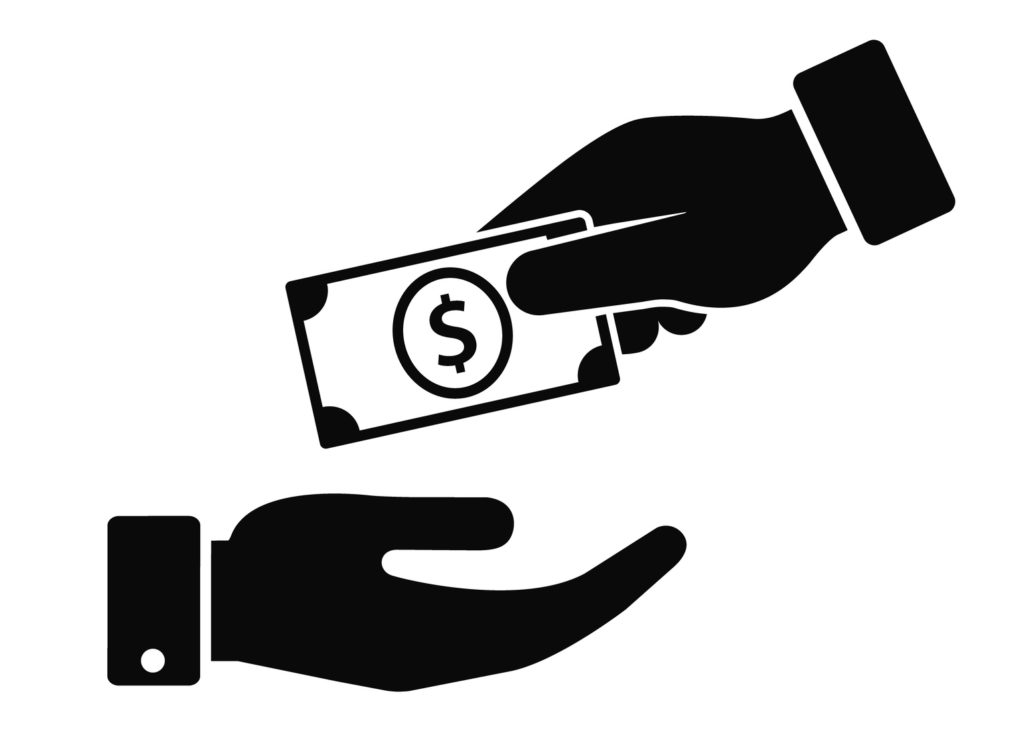Can Gifts Be Too Small?

If you own a home (and you’re not the Home Depot type), you may at times find yourself looking for a handyman. When you do, keep in mind that their slogan can say a lot about them. Some slogans are assertive: We’ll fix it even if it’s not broken. Others are sincere: A helper with a heart. There are even a few that are humorous: I can repair what your husband fixed.
And then, of course, there’s the old handyman classic: No job is too small. One could argue that this translates easily to annual giving. In a world where donor participation is a high priority, it’s no surprise that encouraging gifts of all sizes has become commonplace in fundraising scripts and appeals.
But is it really true to suggest that no gift is too small?
It’s easy to understand why annual giving programs might want to pursue small donations. Soliciting nominal gifts ($1, for example) is a common way to include or “count” those who want to support the institution but simply don’t have much money. Many students and young alumni fall into this category. A dollar is better than nothing, right? Maybe not. There are, in fact, downsides to small gifts.
Consider the expense of processing a donation. When you factor in the staff time and budget required to record a gift in the database, produce an acknowledgment and mail the receipt, each gift usually costs an organization more than a few dollars.
Think about the future too – specifically donor retention rates. You may be counting the individual as a donor now, but what’s the likelihood that a $1 dollar donor will give again in the future? The following chart shows that there is a correlation between gift size and retention rates. The larger the gift amount, the higher the retention rate. This means, of course, that a smaller gift amount corresponds to a lower retention rate. So while a $1 gift might help boost your participation rate in the short-term, it likely won’t do much to help you build a sustainable base of support.
It’s worth recognizing that there is a difference between soliciting a small gift and accepting one. Don’t ignore industry standards: the Council for Advancement and Support of Education (CASE) guidelines clearly state that it is not appropriate to ask alumni for a minuscule amount of money just to boost your percentage of alumni giving.
CASE suggests that the mission of advancement programs is to build support for their institutions and that this is not properly served through token gifts. A recent poll of educational institutions shows that 75% require a minimum donation of $5 or more for an online gift. And it seems that having a minimum gift requirement won’t necessarily hurt your participation rates. Columbia University secured 14,269 gifts as part of a recent Giving Day, despite the fact that they required a donation of at least $10.
So, if the door to your kitchen cabinet comes off its hinges, it might be nice to know that there are handymen out there who are eager to help you with even this small job. However, you might want to think twice before you apply the same idea to your annual giving strategy.
______________
This article has been adapted from the book Ideas for Annual Giving by Dan Allenby. Copyright (c) 2016 Council for Advancement and Support of Education. All rights reserved. Used by permission.
AGN Members receive unlimited access to our resources, discounts, and other benefits. Click here to learn more.
Want to stay up-to-date on best practices in annual giving? Click here to follow AGN's Page on Linkedin!
